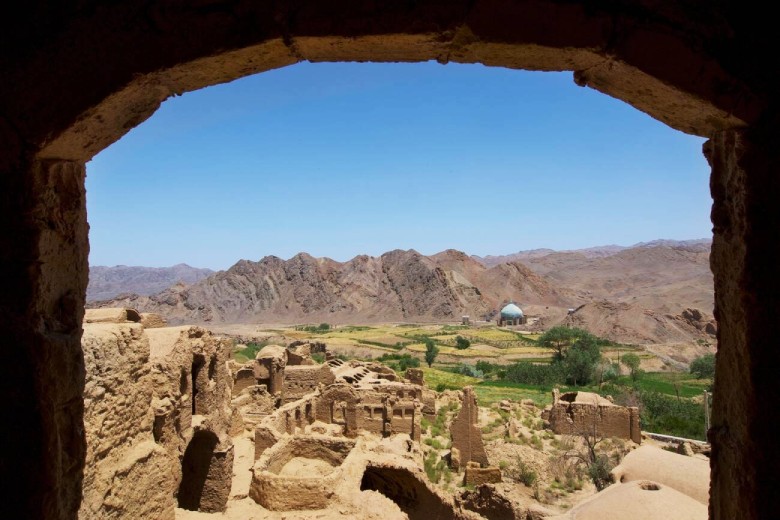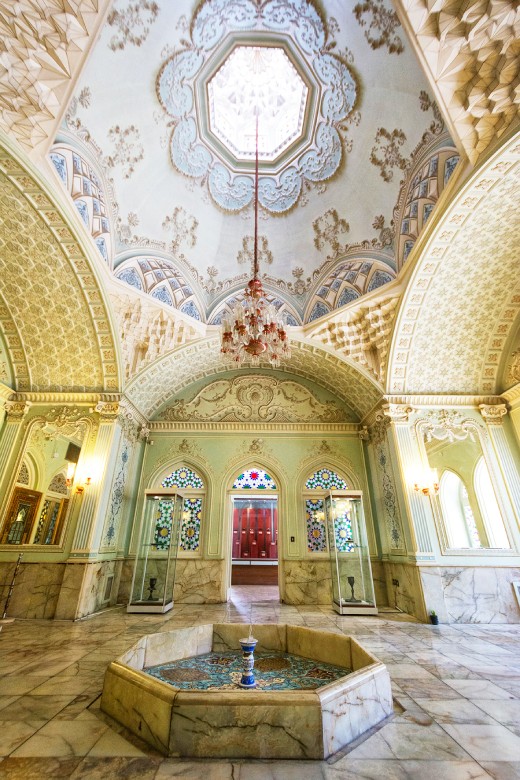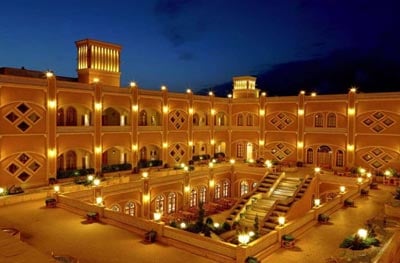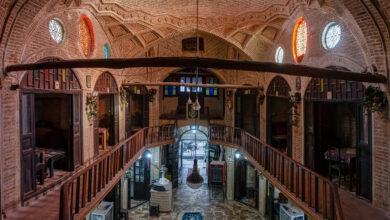Yazd Old Town (Historic City of Yazd): Everything You Need to Know
Ancient Desert City with Rich Cultural Heritage

Yazd is a city known as the first adobe city in the world and the second historical city in the world. It has a unique architecture that can be very attractive for tourists. Interestingly, the historic fabric of Yazd was registered as a national heritage of Iran in 2005, and in 2017, the city of Yazd was the first city in Iran to be registered in the UNESCO World Heritage List.
It is worth noting that Yazd is recognized as one of the centers of medicine and culture in Iran.
Contents
History of Yazd

This city has been a settlement for humans since before the 3rd millennium BCE. Its first name was Yazdan and it is known as the sacred city of Zoroastrians. Another interesting fact is that the World Endowment Fund was established in this city 1,700 years ago. It is important to know that during the Achaemenid period, Yazd was one of the main routes for postal transportation.
Climate of Yazd

Yazd has a hot, dry desert climate with large fluctuations in day and night temperatures.
It is interesting to note that Yazd is referred to as a city with two seasons. What is interesting is that Yazd is called the city of two seasons. The hot season lasts from Esfand (February/March) to Mehr (September/October), the cold season lasts from Aban (October/November) to the end of Bahman (January/February) and this corresponds to approximately 3 months. Due to Yazd’s climate and the presence of numerous wind catchers, the city is also known as the city of wind catchers.
Tourist Attractions in Yazd
Yazd has a wide range of tourist attractions. It’s worth noting that the city’s historic fabric and the architecture of its houses are part of the tourist attractions, and you can enjoy the atmosphere while walking through the narrow alleys.
We will introduce some of the main tourist spots in Yazd:
Historic Fabric of Yazd

Due to the climate of Yazd, its water ab anbars (reservoirs) and qanats (underground aqueducts) have become well-known. Reservoirs such as Shesh Badgir (6-windcatcher reservoir) and Amir Chakhmaq are famous landmarks. The entire fabric of the city has a traditional and unique identity, which creates closeness and warmth among the people. Yazd’s narrow covered alleys, also known as Ashti Konan Lane, add to the city’s charm.
Additionally, the city has numerous tourist attractions with fascinating architecture, including markets, mosques, prisons, mausoleums, and squares.
House Architecture

The traditional houses of Yazd are built using adobe and clay and are designed to optimize wind circulation and solar radiation. The houses in Yazd are designed in two types: summer and winter houses, with connected roofs, so that people can gather on the roofs for night gatherings, etc. The ventilation systems designed for these houses are known as “Badgir” (wind catchers). A wind catcher is a polygonal hexagonal or octagonal pillar that captures the wind and regulates the temperature inside the building.
Amir Chakhmagh Reservoir

One of the most famous reservoirs in the city of Yazd is the Amir Chakhmagh Reservoir, which dates back to the Safavid period.
There are two entrance doors and five wind catchers for cooling.
Large reservoirs are used to store and aerate water.
Nowadays, sporting activities, especially traditional wrestling, take place on the reservoir, and it is no longer used as a reservoir.
This reservoir was registered as a national heritage site in his year 2007 (Solar Hijri year 1385).
Other famous reservoirs in Yazd include 6 Windcatcher Reservoir and Yazd Rustam Giv Reservoir.
Dowlat Abad Garden, Yazd

This garden is one of the oldest gardens in the city of Yazd and is listed as a UNESCO World Heritage Site along with eight other Iranian gardens. The qanat (underground aqueduct) of this garden is one of the most important and longest qanats in Yazd. The wind catcher at Dowlat Abad Garden is also the tallest wind catcher in the city.
Visible symmetry is another important feature of the architecture of this garden, which follows the principles of Iranian architecture.
Jameh Mosque, Yazd

This mosque has a history of approximately 900 years and is one of the magnificent historical attractions of the city. It is located in the center of the city and is accompanied by tall minarets. The mosque has seven entrances and consists of various sections. One of the amazing attributes of the Jame Mosque of Yazd is that the lighting system is obtained indirectly by the reflection of light from the white plaster of the dome and the walls. The dome chamber and minarets of the mosque feature exquisite architectural and tile works. There is also a museum called Ganjineh located within this mosque.
Lari House, Yazd

This house has a beautiful architecture typical of desert houses and was registered as a national heritage site in 1997 (1375 solar Hijri year).
Its construction dates back to the Qajar period.
Mirror and Lighting Museum, Yazd

This museum is dedicated to the study of light in Iran. It houses various types of traditional lamps, including Tallow burner, candle burner, oil burner and electrical items. The objects in the museum are made of materials such as ceramic, glass, brass, copper, and bronze.
Khan Bath, Yazd

The Khan Baths was built during the Qajar Dynasty.
It was used by aristocrats and city officials for bathing, and also served as a place for socializing and conversation.
Currently, in addition to the bathhouse, there is also a restaurant and a teahouse.
Khamooshan Tower

In the past, this tower served as a dakhme or a place for Zoroastrians to lay their deceased to rest. Zoroastrians would bury their dead in the dakhmes within the tower and, after a certain period, transfer the skeletal remains to a central well.
The city of Yazd has other attractive tourist destinations such as the Gonbad-e Ali in Abarkuh, Minarets of Kharaqanban, Ashkezar Watermill, the tombs of Seyyed Roknaddin and Seyyed Shamseddin, Eskandar Prison, Zarach Qanat and many other tourist sites. To visit all of them, you would need approximately a week. If you are interested in exploring more about Iran’s historical and cultural attractions, we recommend you to browse through the other articles on this website.
We hope that this article about the attractions of Yazd will increase your desire to visit Iran.







